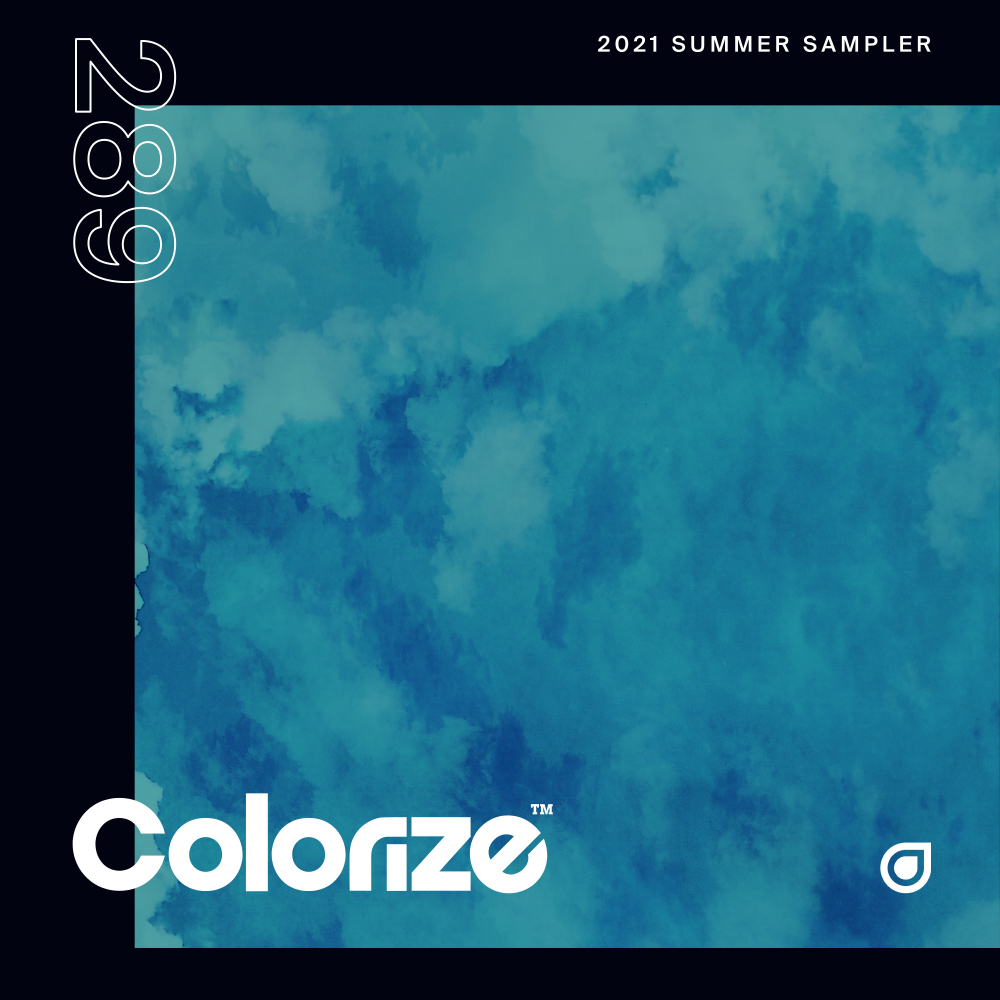

Given the lightness channel L, our system predicts the corresponding a and b color channels of the image in the CIE Lab colorspace. Therefore, our task becomes much more achievable: to model enough of the statistical dependencies between the semantics and the textures of grayscale images and their color versions in order to produce visually compelling results. However, for this paper, our goal is not necessarily to recover the actual ground truth color, but rather to produce a plausible colorization that could potentially fool a human observer. Of course, these kinds of semantic priors do not work for everything, e.g., the croquet balls on the grass might not, in reality, be red, yellow, and purple (though it’s a pretty good guess). Looking more closely, however, one notices that in many cases, the semantics of the scene and its surface texture provide ample cues for many regions in each image: the grass is typically green, the sky is typically blue, and the ladybug is most definitely red. At first glance, hallucinating their colors seems daunting, since so much of the information (two out of the three dimensions) has been lost. KeywordsĬonsider the grayscale photographs in Fig. This approach results in state-of-the-art performance on several feature learning benchmarks. Moreover, we show that colorization can be a powerful pretext task for self-supervised feature learning, acting as a cross-channel encoder. Our method successfully fools humans on 32 % of the trials, significantly higher than previous methods. We evaluate our algorithm using a “colorization Turing test,” asking human participants to choose between a generated and ground truth color image. The system is implemented as a feed-forward pass in a CNN at test time and is trained on over a million color images. We embrace the underlying uncertainty of the problem by posing it as a classification task and use class-rebalancing at training time to increase the diversity of colors in the result.

We propose a fully automatic approach that produces vibrant and realistic colorizations. This problem is clearly underconstrained, so previous approaches have either relied on significant user interaction or resulted in desaturated colorizations. A variation of Wallner's colorization technology has also been available as a bot on Twitter since late last year.Given a grayscale photograph as input, this paper attacks the problem of hallucinating a plausible color version of the photograph. Wallner himself has been working on AI-powered colorization for five years, he says. It's worth pointing out that the concept of colorizing photos with AI is not new to Palette.fm, including a "colorize" neural filter in Photoshop.
#Colorize image free
So far, Palette.fm has resonated with people on Hacker News who have used the currently free tool to colorize photos of beloved relatives and historical photographs.
#Colorize image registration
Refreshingly, Palette.fm does not require any kind of user account registration at the moment. As far as the privacy of the uploaded photos is concerned, the Palette.fm site reads, "We don't store your images." But as with any cloud service, take that with a grain of salt regarding private photos. The site processes the images online, in the cloud. Advertisementįor now, Palette.fm is available as a free service, but Wallner plans to add a paid option. We further refined the image later (not pictured in the example below) by specifying "green leaves" in the background. But once we put those terms in the written prompt, the colors made more sense. For example, Palette.fm originally thought the pumpkin was a "claw" and didn't recognize the sidewalk. Once we found a good filter, we edited the caption to refine the colors by describing the objects in the scene. Then we uploaded the black-and-white version and experimented with selecting the pre-made filters that Palette.fm provides.
To test it, we took a photo of a small pumpkin and removed the color using Photoshop. If you don't like any of the preset color filters, you can click the pencil icon to edit the caption yourself, which guides the colorization model using a text prompt. "One model creates the text and the other takes the image and the text to generate the colorization."Īfter you upload an image, the site's sleek interface provides an estimated caption (description) of what it thinks it sees in the picture. "I’ve made a custom AI model that uses the image and text to generate a colorization," Wallner replied.

We asked Wallner what kind of back-end technology runs the site, but he didn't go into specifics. Palette.fm uses a deep-learning model to classify images, which guides its initial guesses for the colors of objects in a photo or illustration. Further Reading Artist uses AI to generate color palettes from text descriptions


 0 kommentar(er)
0 kommentar(er)
